Emerging readers want a sense of mystery. They want dark tales that are just enough to make them imagine what goes bump in the night, before squinting at them just enough to let them know that everything is fine. It’s the aura of a book that has age-appropriate dread or genuine curiosity. This allows their young imagination to fill in the blanks, which can be infinitely scarier than the text that they’re reading. The Skull is a perfect example of the feeling that kids want, and in many cases need. Aside from the title which inspires creepy questions in its own right, the book’s cover has a little girl hiding behind a big tree that’s been dusted with snow as she’s holding a skull. The background light is a soft pink that’s happening just around the sunset golden hour and it’s a place that you want to be.
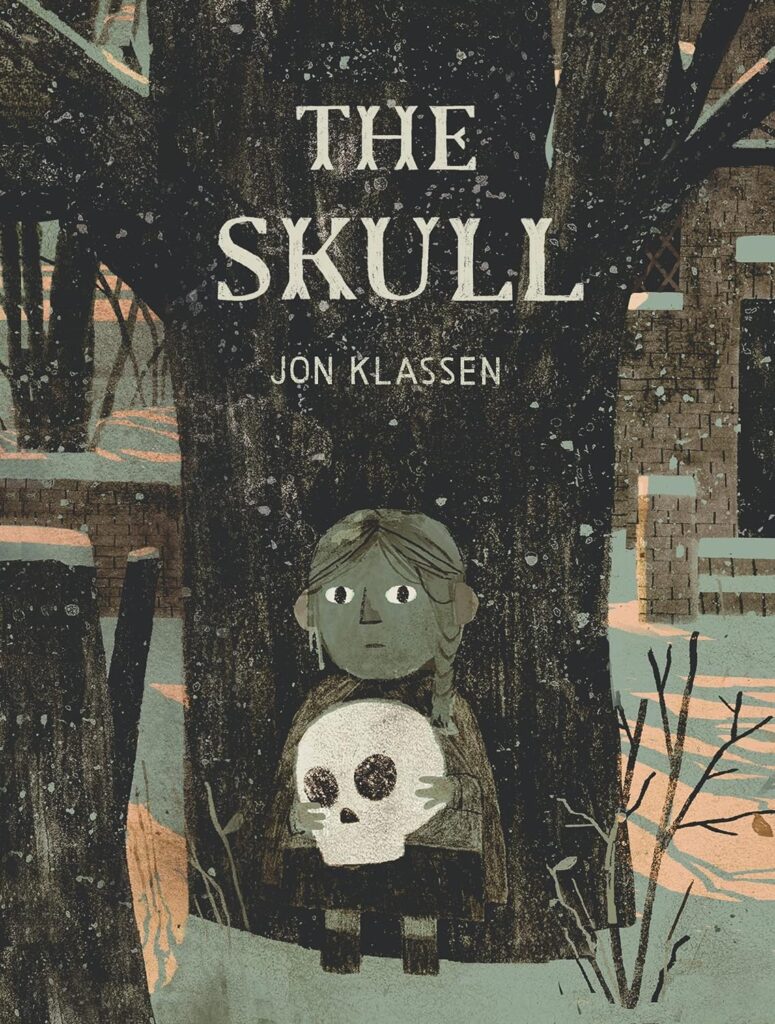
Even though the girl is holding a skull, you want to be there. She probably wasn’t responsible for the body’s demise, but why is a girl holding a human skull? What’s that building behind her? Why is this happening in winter? The cover has many questions that are asked by either the title or the illustration, and when you combine the two those young readers won’t be able to open the book quickly enough.
The Skull opens with movement and a very big question that’s not asked but is implied. We see footprints in the snow and big, simple text letting us know that Otilla has run away from home. Why is she running away from home? It must be a very bad situation for her to run away from home when it’s so cold outside; I hope that she’s okay. Turn the page again and readers are brought into the monster noir personality of the book in earnest as The Skull: A Tyrolean Folktale is splashed across two pages.
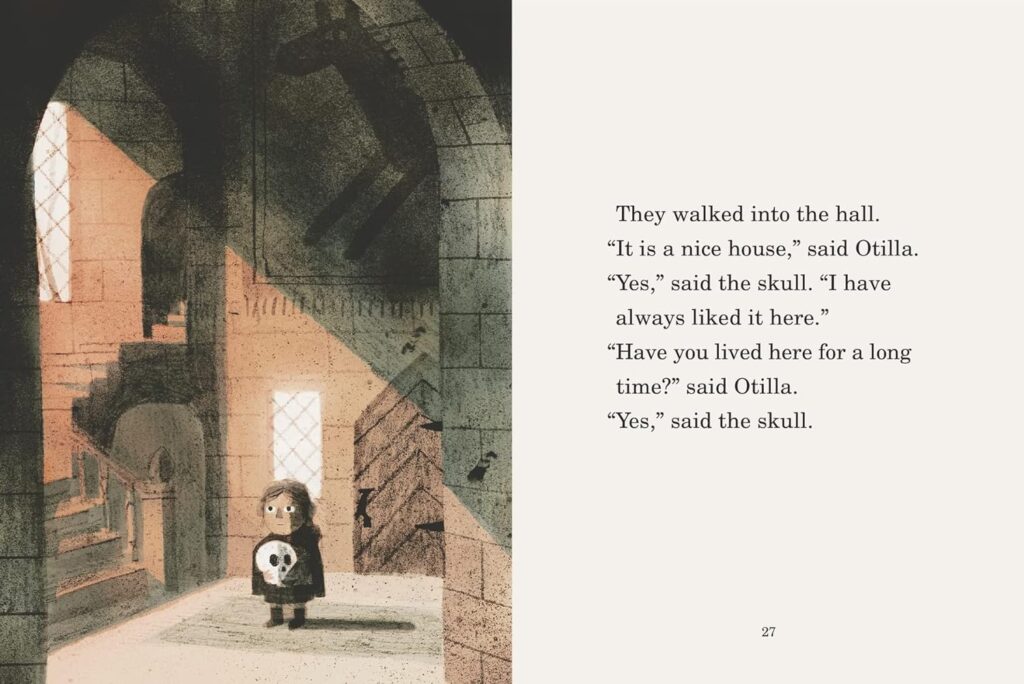
If it made a sound it would be immediate, stark, and cold. There would be lots of timpani drums and a cymbal in there somewhere to invoke mystery, the crispness of the cold weather, and violins that evoke desolation. The sound is emphasized by the image of Otilla sneaking through the darkening, snow-covered forest with the whites of her eyes being the brightest thing around her. As Otilla goes deeper into the forest she hears a voice that is moaning her name. This continues until she approaches a clearing that has a huge house in the opening.
She goes to the front door to see if the entity that was calling for her will answer the door. To her surprise, she sees a skull in the second-story window, and the two proceed to have a conversation. It’s a pleasant conversation where Otilla introduces herself and says that she’s hungry and would love to come inside. The skull cheerfully obliges but asks that she carry it around because rolling down the stairs and opening the door is quite tiring for a body-less skull that lives in a mansion.
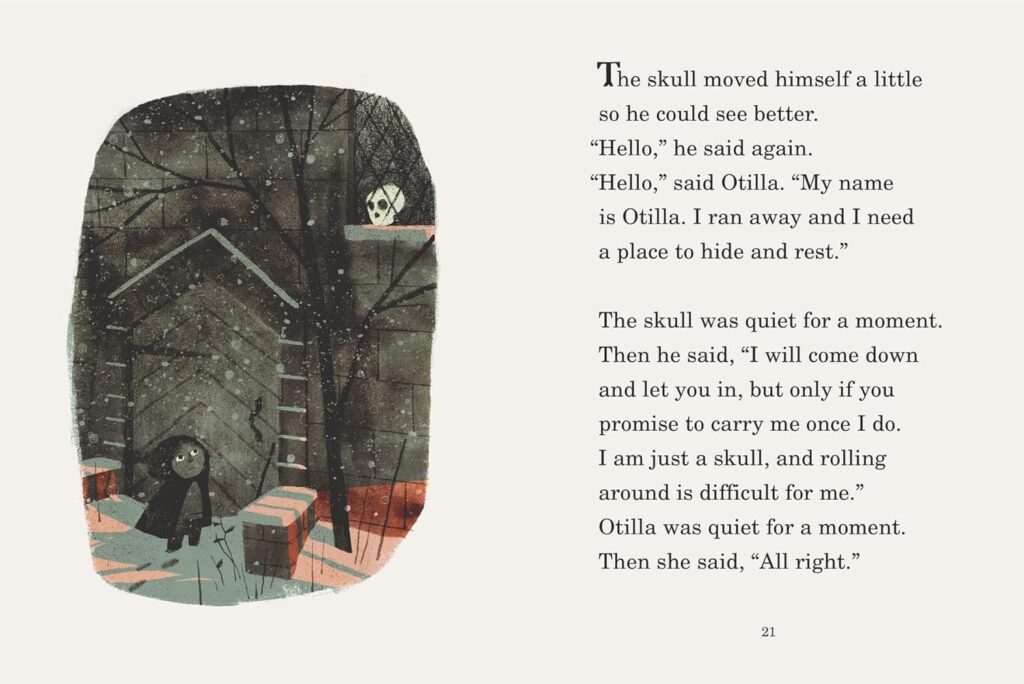
The tour of the mansion reveals a room of masks that the skull used to collect, a bottomless pit, they view the sunset from one of the spires and dance in the ballroom. As evening goes on, the two new friends start to talk and the skull tells Otilla its big secret. Someone is after the skull and has been mercilessly chasing it throughout the house. Thankfully Otilla is spending the night at the house and the tension that exists in the skull’s life is ending tonight.
There’s a hook. It’s a fabulous, kind of obvious hook in hindsight, but the way that it plays out in The Skull is just great for those early elementary ages. Heck, the manner in which the art is drawn, the mood is established and the simple text sets everything up makes the book great for anyone. There’s a dark edge to The Skull, but it’s centered with such a sweet tale of friendship and adventure that any macabre thoughts you have about the main protagonist being a human skull are quickly forgotten. At one point, Jack Skellington was just a skeleton, and now he’s a feel-good hero of a classic Christmas movie. The skull in The Skull has the same endearing quality, albeit in a much more subdued, reflective, less mobile manner.
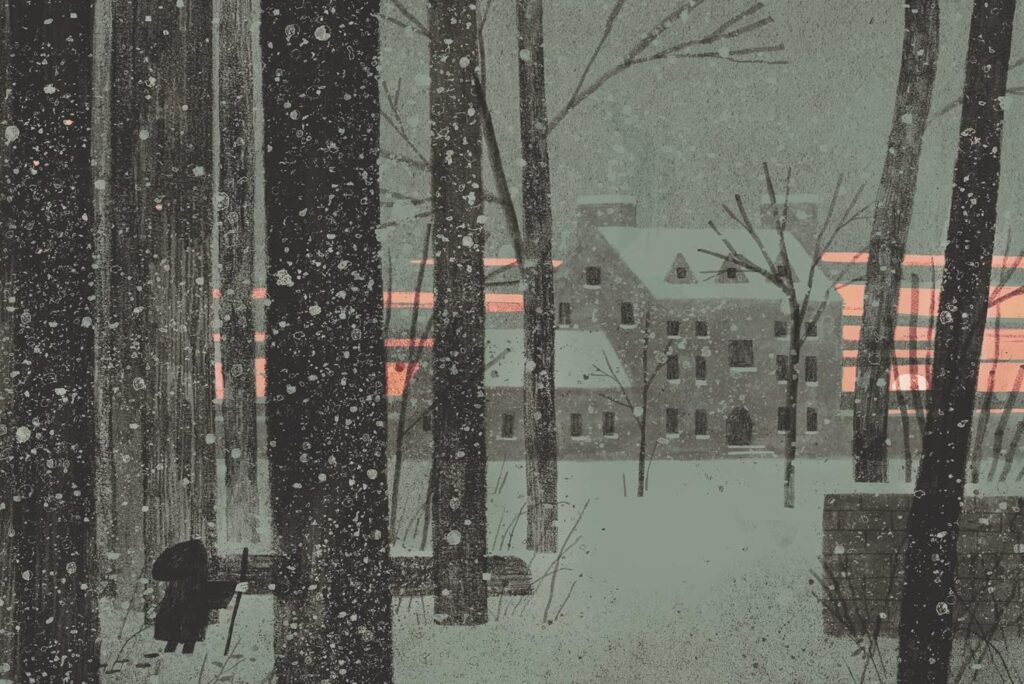
You might have picked up on the fact that The Skull is an odd book. It’s a wonderfully odd book that mixes a macabre premise, with a big story that has a tight focus, muted art and words that fill the book with wonder, curiosity, heart and action. This is one of those few books that will be on your forever bookshelf and older readers will willingly pull the book out to be comforted or gain creative inspiration. It’s an early reader chapter book that ages five through eight will want to read to them numerous times, and you’ll gleefully go along as you read it to them, hamming up the pulp aspects of this potentially classic tale.
The Skull is by Jon Klassen and is available on Candlewick Press.
There are affiliate links in this post.

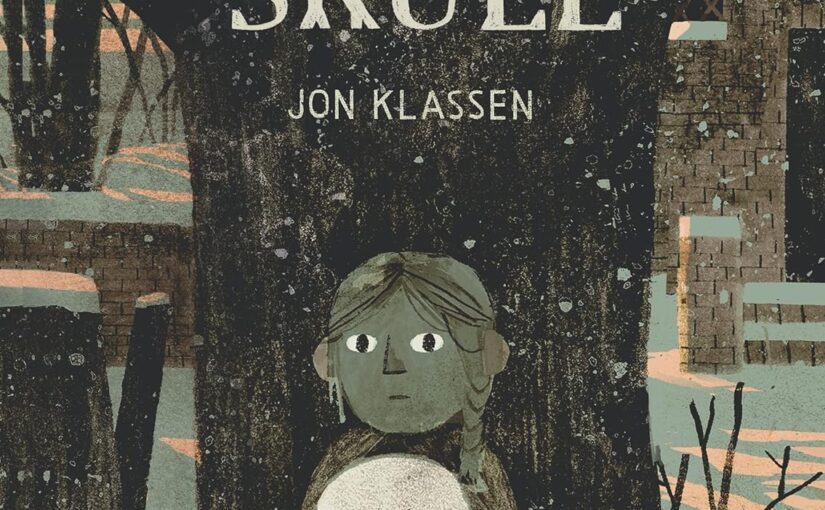



 Facebook
Facebook Twitter
Twitter Flickr
Flickr GooglePlus
GooglePlus Youtube
Youtube